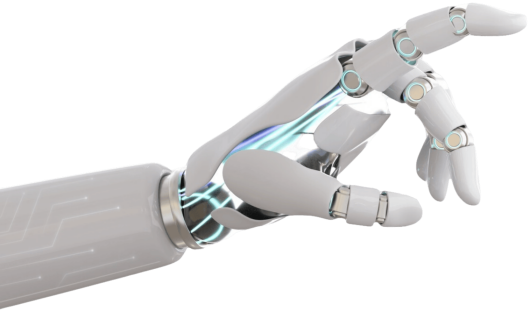
The control problem of a tentacle manipulator by using a robust 3 D visual servoing is presented. The theoretical model of this class of arms is studied. Servoing is based on binocular vision obtained by two cameras that ensure a continuous measure of the arm parameters. The control errors function is built in 3D cartesian space by the visual information obtained in the two image planes. The 2D errors are determined as the shape errors, they are calculated on the differences between the actual and desired continuous angle values. A spatial error is determined and a control law is discussed. The stability of the closed-loop control system is proven. Computer simulations and real 3-D experiments are presented to show the applicability of the method.